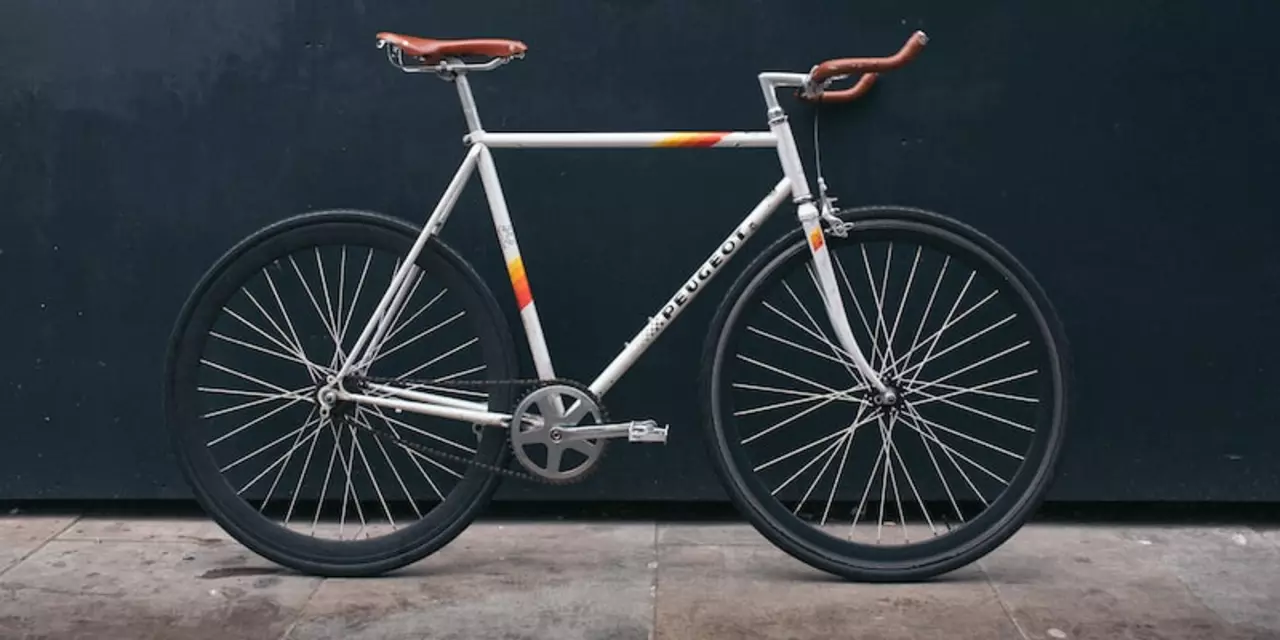Bike Accident Guide: What Every Rider Should Know
Getting into a bike accident is scary, but a lot of the damage can be avoided with the right habits. Whether you ride a scooter on city streets or a motorcycle on highways, a few simple steps make a big difference. Below you’ll find easy-to‑follow advice on staying safe, handling a crash, and getting back on the road faster.
How to Prevent a Bike Accident
First off, wear a certified helmet every time you ride. It’s the single most effective piece of gear for protecting your head. Pair that with bright clothing or reflective tape so drivers can spot you from a distance, especially at dawn or dusk.
Keep your bike in good shape. Check tire pressure, brakes, and lights before each trip – a small issue can turn into a big fall. Riding at a speed you’re comfortable with and leaving enough space between you and the car in front also cuts down the chance of sudden stops.
Stay aware of blind spots. Heavy trucks and buses have huge areas where they can’t see you, so avoid lingering there. When you’re at an intersection, look both ways twice and watch for turning cars that might not see you.
What to Do Right After a Crash
If you’re still able to move, get to a safe spot away from traffic. Turn on your hazard lights and, if you have a flare or reflective triangle, set it up to warn other drivers.
Check yourself for injuries. Even if you feel fine, look for hidden hurts like neck strain or bruised ribs. Call emergency services if anyone is seriously hurt or if the bike is blocking the road.
Exchange information with any involved drivers. Write down their name, phone number, insurance details, and the make and model of their vehicle. A quick photo of the scene and damage helps later when you file a claim.
Document the accident while it’s fresh. Note the weather, road conditions, and any traffic signals that were present. This record can be crucial if you need to prove fault.
After the immediate steps, treat any cuts or scrapes with clean water and a sterile bandage. If you have a first‑aid kit, use it to stop bleeding. For deeper injuries, see a doctor even if you think it’s minor – some injuries don’t show symptoms right away.
Getting Back on the Road
Before you ride again, have a professional mechanic inspect your bike. They’ll check the frame, brakes, and suspension for hidden damage. A bike that looks fine but has a bent fork can be unsafe.
Take a short test ride in a quiet area. Pay attention to any wobbling, strange noises, or loss of power. If anything feels off, stop and get it fixed.
Refresh your riding skills if you’ve been out of the bike for a while. Simple drills like emergency braking and swerving can rebuild confidence and muscle memory.
Remember, accidents happen, but being prepared reduces the risk and makes recovery smoother. Keep these tips in your pocket, follow them every time you hop on, and you’ll ride with far less worry.

27
Jan
My first bike accident happened when I was 12 years old. I was riding my bike on a street near my house when I suddenly fell off the bike and hurt my knee. I was completely shocked, as I had never been in an accident before. I was taken to the hospital, where I got some stitches and was prescribed rest. The accident taught me a valuable lesson about the importance of wearing a helmet and staying aware of my surroundings while riding a bike.
Read More
